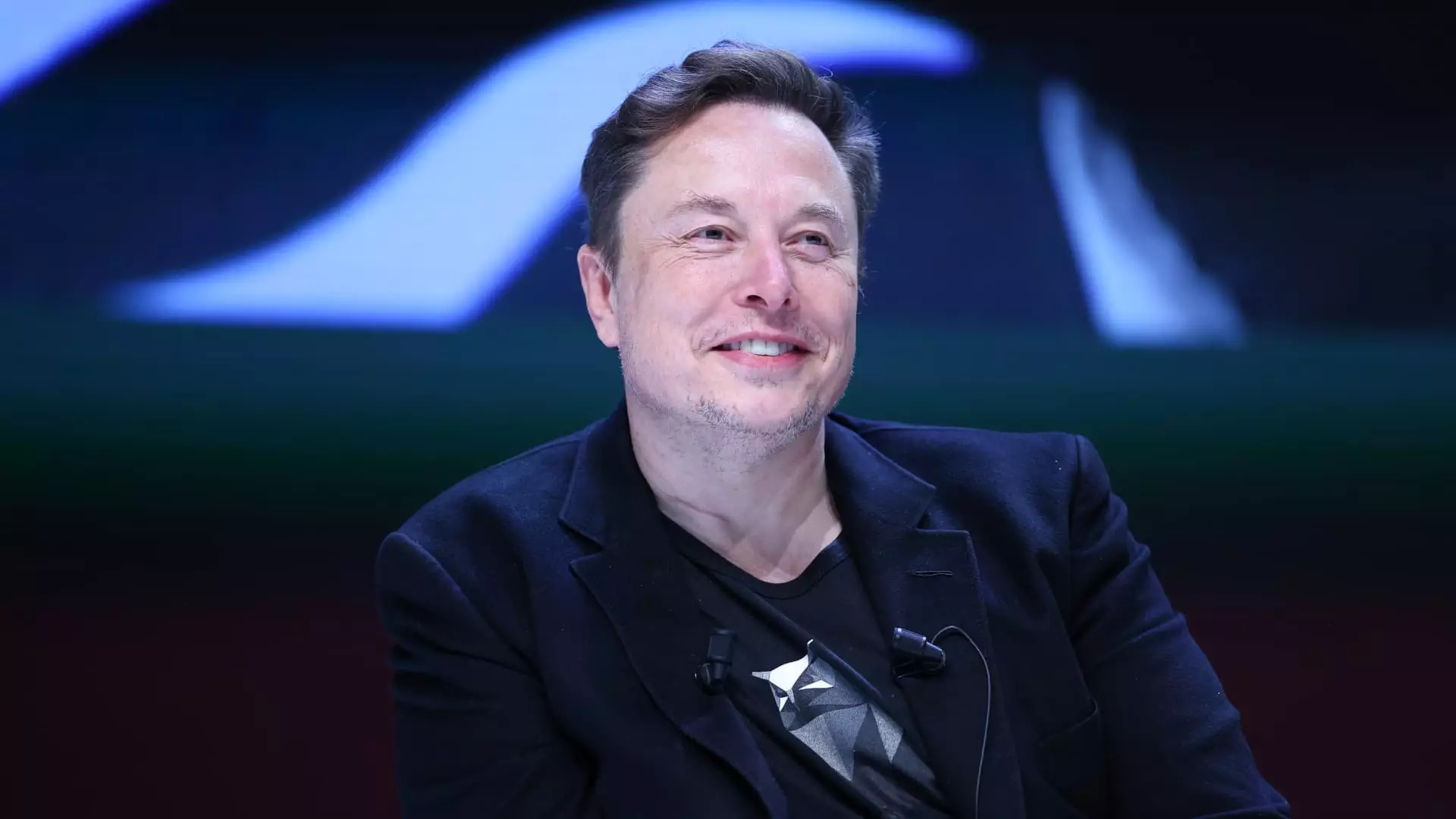Tesla, the iconic leader in electric vehicle (EV) manufacturing, has recently witnessed a noteworthy resurgence in its stock, particularly following the company’s third-quarter earnings report. Just a day after recording its most substantial single-day gain since 2013, Tesla’s shares climbed 2.8%, reaching $267.79 by Friday morning. This rally suggests growing investor confidence in the company, propelling its stock to its highest closing price in over a year. Notably, the performance has allowed Tesla to recover from earlier losses in 2024, pushing its year-to-date performance to an approximate 8% increase, although it still trails the Nasdaq index, which has surged by 24%.
The mixed results from Tesla’s latest earnings report sparked significant debate among analysts. The company generated revenue of $25.18 billion, falling slightly short of the anticipated $25.37 billion but marking an 8% increase from the previous year. Conversely, adjusted earnings per share (EPS) came in at 72 cents, surpassing the consensus estimate of 58 cents per share. Analysts from Piper Sandler capitalized on the upbeat sentiment by adjusting their 12-month price target from $310 to $315, primarily to account for expected higher deliveries and improved profit margins.
Nevertheless, there are critical threads running through this bullish narrative. The substantial bump in profit margins was significantly attributed to $739 million earned from environmental regulatory credits, which some experts deem a “potentially unsustainable driver” of profitability. Additionally, $326 million in revenue from the Full Self-Driving (FSD) system has fueled further scrutiny regarding Tesla’s long-term sustainability in maintaining these revenue streams.
During the earnings call, CEO Elon Musk confidently predicted that vehicle growth next year could range between 20% and 30%. This guidance contrasts with analysts’ more conservative delivery growth expectations of about 15% for 2025. Musk’s ambitious comments extended to Tesla’s development of the Cybercab, a robotaxi set to enter production by the end of 2026. His assertion of advancing driverless technology, particularly through a ride-hailing service in California and Texas next year, demonstrates Tesla’s appetite to lead the charge in autonomous driving.
Nonetheless, Tesla’s track record has been characterized by Musk’s overly optimistic timelines and persistent missed deadlines, raising eyebrows among market analysts. Recent evaluations from Bernstein highlighted this concern, noting that Tesla appears to lag behind competitors in robotaxi deployment and FSD technology, hinting that Musk’s vision might be more hopeful than attainable.
While Tesla remains the frontrunner in the electric vehicle market, competitive pressures are mounting. In China, EV manufacturers such as BYD and Geely are aggressively increasing their market share, pushing Tesla into a more challenging position. Moreover, new entrants like Li Auto and Nio are carving out niches in the competitive landscape, further squeezing Tesla’s dominance.
In the United States, traditional automotive giants such as Ford and General Motors have begun to ramp up their electric vehicle offerings, despite retracting previous electrification commitments. This shift significantly stirs the pot for Tesla, which has enjoyed relatively less competition in the EV sector compared to the broader automotive industry.
Tesla’s stock recovery and recent earnings report undoubtedly present a tapestry of impressive achievements blended with cautionary flags. As the company navigates a competitive landscape punctuated by ambitious technological advancements and skepticism about their feasibility, investors would do well to adopt a measured perspective. While Elon Musk’s vision for a driverless future fuels aspirations, the reality of execution, given the market dynamics and competitive developments, may pose obstacles that challenge the company’s path forward.
Long-term investors should remain vigilant, considering both the exciting potential of Tesla’s innovations and the accompanying risks that could shape the next chapter in this storied electric vehicle saga.

